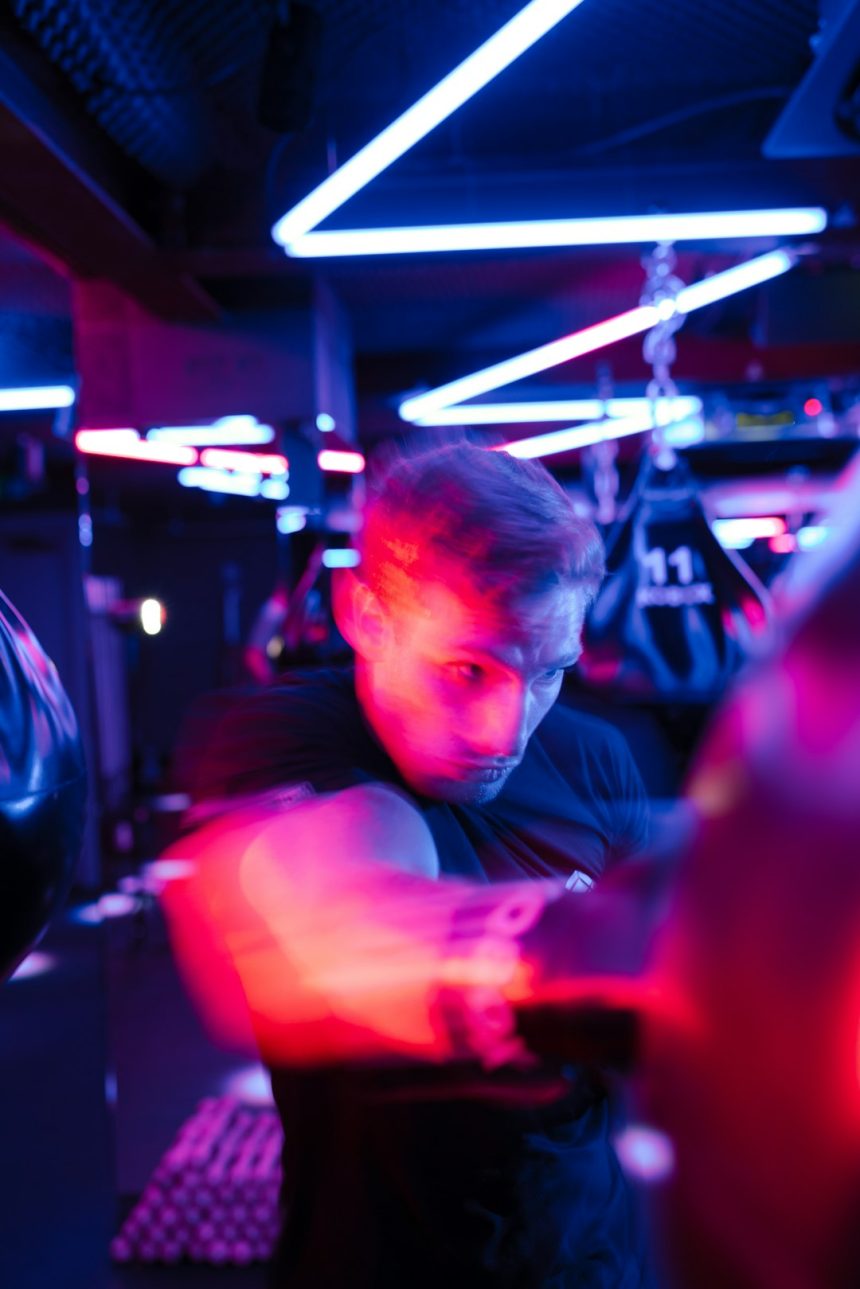When it comes to professional B2B lighting projects, LED strip lights offer unmatched flexibility, energy efficiency, and aesthetic appeal. However, to ensure your installations are both functional and professional-looking, knowing how to properly cut LED strip lights—also known as couper ruban LED—is essential. Cutting strips incorrectly can lead to failure of specific segments, electrical issues, or unnecessary waste. This article will guide you through the correct process, ensuring your project meets high-quality and reliability standards.
Understanding LED Strip Design
LED strip lights are made up of a series of individual LEDs mounted onto a flexible circuit board. Every few LEDs, there is a designated point where the strip can be cut without compromising its functionality. These points are usually marked with a scissor icon or a line indicating a safe cut zone. Failing to follow these markers can damage electrical circuits within the strip.
[ai-img]led strip, tool, workspace[/ai-img]
Step-by-Step Guide to Cutting LED Strip Lights Correctly
Whether you’re adapting LED strips for retail, industrial, or architectural purposes, the following steps ensure precision and performance:
- Identify the Cutting Points:
Before making any cuts, locate the marked cutting lines on the strip. These are often found every 3 to 6 LEDs, depending on the strip’s voltage and configuration. Only cut precisely along these lines to maintain electrical integrity.
- Use the Right Tools:
Use a sharp pair of scissors or a craft knife to make a clean cut. Dull tools may damage the LED circuitry or shift internal components. For bulk B2B projects, consider investing in precision rotary cutters or specialized tools to streamline the process.
- Check Circuit Polarity:
LED strips have a positive (+) and a negative (−) side. When reconnecting or attaching new terminals, ensure that polarity is consistently maintained to avoid malfunction. Double-check labels on the strip or refer to the manufacturer’s technical sheet.
- Use Proper Connectors or Soldering:
In many B2B contexts such as large displays or warehouse lighting, reliability is critical. Use high-quality, compatible connectors or apply soldering techniques for a durable link between segments. Be cautious of overheating strips when soldering.
- Seal and Protect:
If your LED strips are to be used in humid or outdoor environments, ensure that endpoints are sealed using silicone end caps or protective sealant to prevent moisture ingress. This is especially crucial for IP65 or IP67-rated strips.
Expert Tips for Business Installations
- Consult the Manufacturer’s Specifications: Each LED strip can have unique voltage ratings and cutting frequencies. Always refer to datasheets and guidelines to avoid project setbacks.
- Plan Your Layout in Advance: For B2B projects, such as office complexes or retail environments, pre-measure all required lengths and map out connectivity paths before initiating any cuts.
- Test Before Full Installation: After cutting, test the LED strip section with a power source to ensure it functions as expected. This minimizes on-site troubleshooting and client dissatisfaction.
[ai-img]led lighting, architecture, commercial space[/ai-img]
Common Mistakes to Avoid
Improper handling of LED strips can lead to significant issues in large-scale installations. Here are typical mistakes to avoid:
- Cutting outside the designated zones – this will sever internal connections and render a section useless.
- Using low-quality connectors – unreliable connections may lead to flickering or power loss in commercial settings.
- Ignoring electrical load limits – overloading a driver by attaching too many strips can cause system failure or fire risk. Calculate the total wattage beforehand.
Conclusion
A well-executed LED strip installation depends not only on product quality but also on proper handling and preparation. In B2B applications, where efficiency, safety, and aesthetics matter, cutting LED strips correctly is non-negotiable. By following these expert guidelines and paying close attention to detail, your LED lighting solutions will be both professional and long-lasting.
Whether you’re illuminating a retail showroom or customizing a warehouse, precision in every step of your LED strip setup—from measuring to cutting to sealing—will ensure both client satisfaction and technical reliability.









